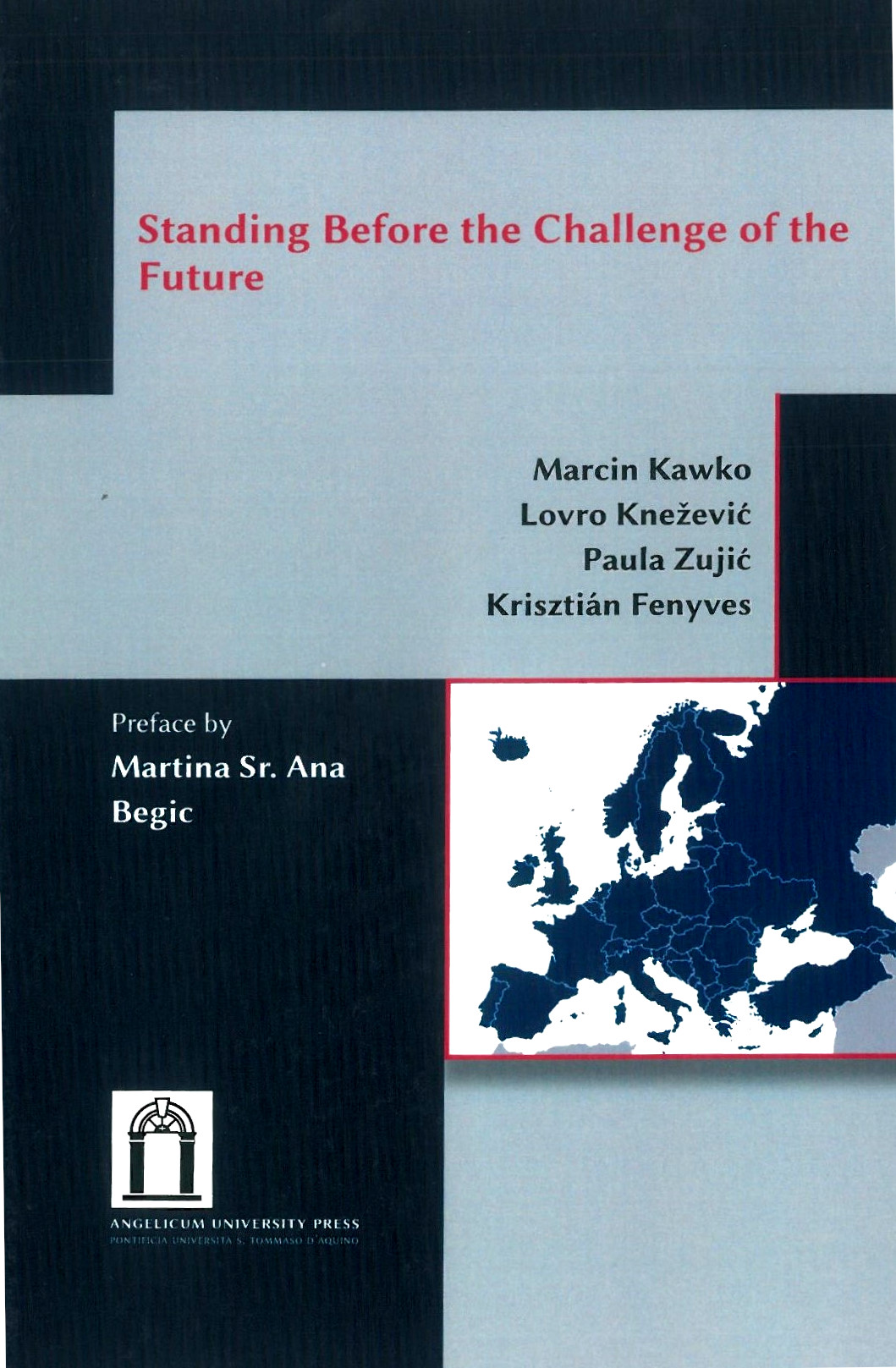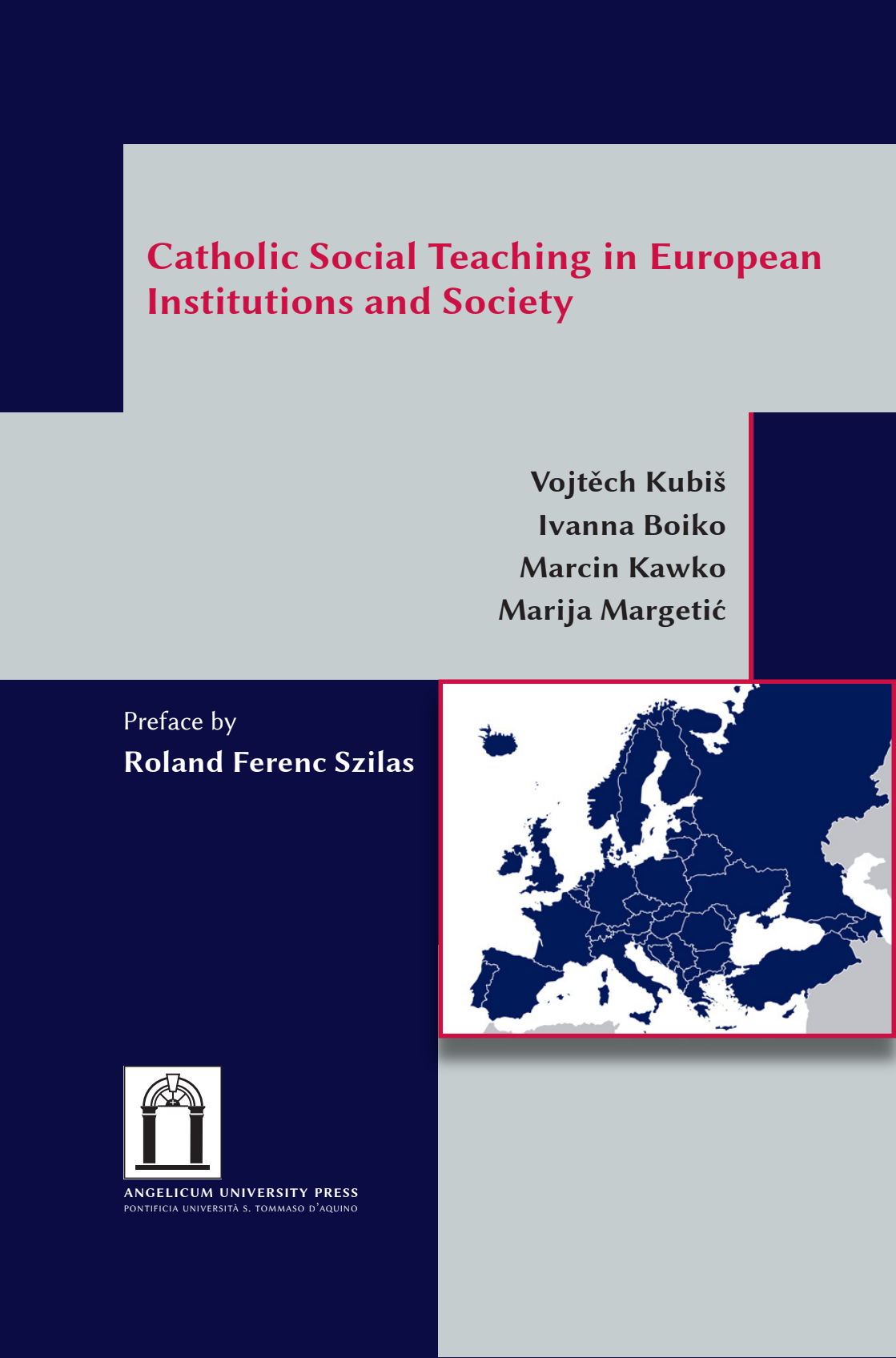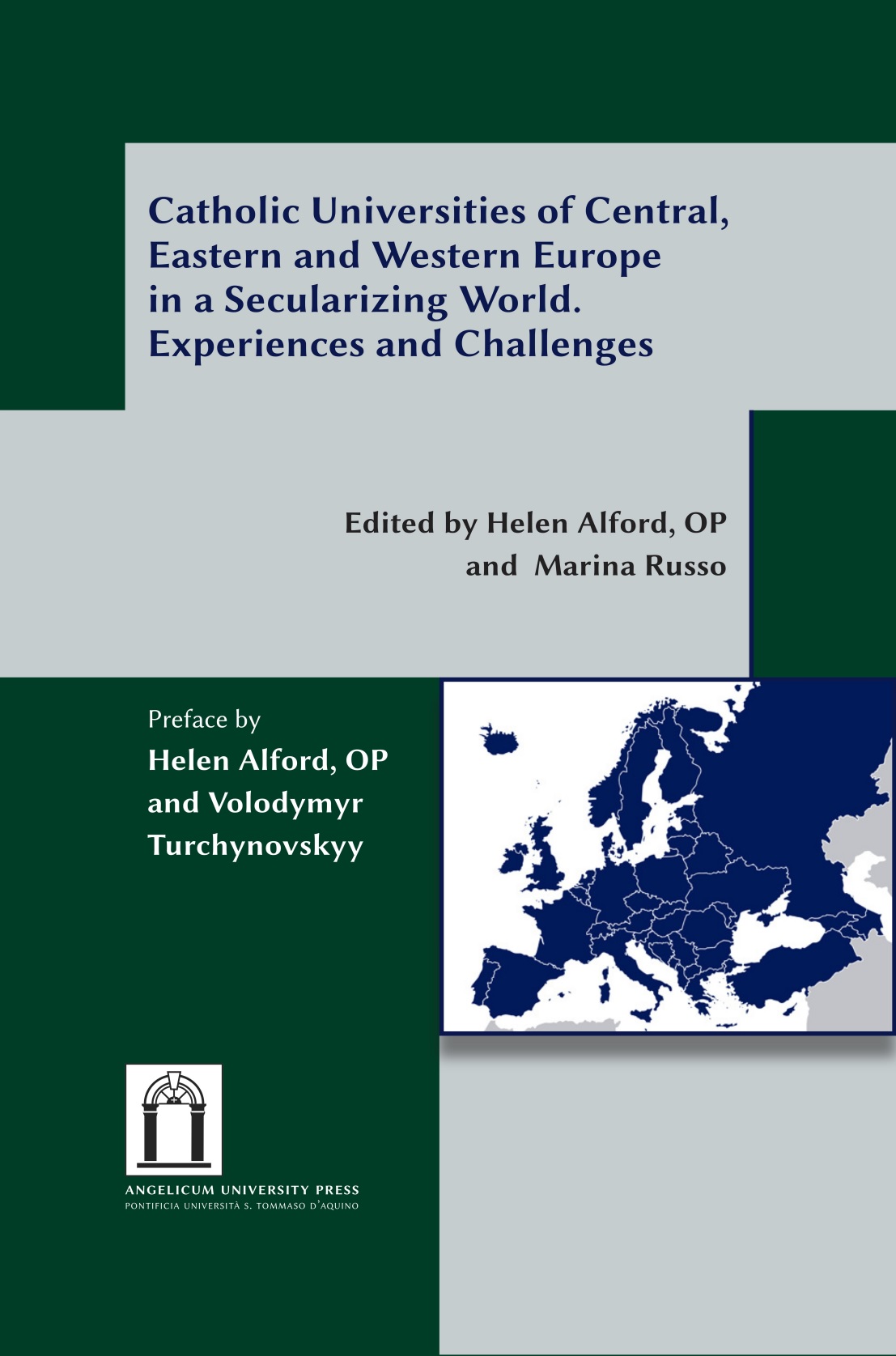One of the more striking statements from the recent social teaching of the Church forms the title of this editorial. It comes from the  end of chapter IV of Centesimus annus, produced on the 100th anniversary of the publication of Leo XIII’s Rerum Novarum:
end of chapter IV of Centesimus annus, produced on the 100th anniversary of the publication of Leo XIII’s Rerum Novarum:
The Church has no models to present; models that are real and truly effective can only arise within the framework of different historical situations, through the efforts of all those who responsibly confront concrete problems in all their social, economic, political and cultural aspects, as these interact with one another. For such a task the Church offers her social teaching as an indispensable and ideal orientation... (Centesimus Annus, n.43).
Further insight into the Pope’s position here comes from his 1987 Encyclical, Sollicitudo Rei Socialis:
The Church's social doctrine is not a "third way" between liberal capitalism and Marxist collectivism, nor even a possible alternative to other solutions less radically opposed to one another: rather, it constitutes a category of its own. Nor is it an ideology, but rather the accurate formulation of the results of a careful reflection on the complex realities of human existence, in society and in the international order, in the light of faith and of the Church's tradition. (Sollicitudo Rei Socialis, n.41).
It is evident in these texts that the Pontiff is at pains to avoid certain problems. In the quotation from Centesimus annus he argues that the Church’s social teaching is not just a child of a particular time, but has a validity that goes beyond particular historical and geographical circumstances. It offers a set of principles to help people orient themselves when they are trying to work on, or work out, social problems. The quotation from Sollicitudo Rei Socialis emphasises this further: the Church’s social teaching is not a kind of “in between” position between two historically conditioned ways of looking at the economic and political orders, but is rather the result of a reflection on concrete situations in the light of the Gospel, evaluating such situations on the basis of Gospel principles.
While it is always a little dangerous to comment on quotations taken out of context, it is nevertheless fair to say that the positions of the present Pope described here are well known; he has repeated them, for instance, in numerous talks and documents. Therefore, we can comment in a way that has sense, even though it is likely that one could find opposing “proof texts” if one looked hard enough through his writings.
Despite the great contribution that John Paul II has made to the development of social teaching, there are some problems with these positions, even if one can also see why the Pope has adopted them. We can summarise the main problems in two questions:
To what meaning of the words “Church” and “model” is the pope referring when he says: “The Church has no models to present...”?
What is the role of documenting and publicising practical, workable examples of political and economic systems that operate in accord with at least some of the Church’s social teachings?
In the context of Centesimus annus, it seems that the “model” the Pope is talking about at n.43 is a kind of ideological system, like capitalism or Marxism. We will say more about models in a moment, but let’s turn first to the meaning of the word “Church”. When the pope says that the “Church” has no models to present, but also that “models... can only arise... through the efforts of all those who responsibly confront concrete problems” it would seem that he is equating the word “Church” with the hierarchy and its magisterium. As the classic text for this number shows, this equation between Church and hierarchy with regard to the social tradition would have been quite acceptable before Vatican II. Now, however, after Council documents such as Lumen Gentium, such a position is more problematic. Central place in Lumen Gentium is given to the idea of the Church as the “people of God”, in which the hierarchy has a guiding role. To equate the Church with the hierarchy, then, seems odd, and particularly so in relation to the Church’s social thought. Here it is primarily lay people who carry the tradition forward and bring it to bear on the practical situations of life. Lumen Gentium recognises that the saving mission of the Church: cannot be carried out by priests alone:
The sacred pastors, indeed, know well how much the laity contribute to the well-being of the whole church. For they know that they were not established by Christ to undertake by themselves the entire saving mission of the church to the world (LG n.30).
This may seem a small point, and a kind of carping, ungenerous interpretation of what the Pope is trying to say, but it is made because there does seem to be a problem here. Note that the Pope does not say here that the “Church’s social teaching” or the “magisterium” does not have models to present, but the “Church” tout court. For a writer as careful as John Paul II, it is hard to see this as no more than an oversight. I think, however, that the Pope would agree that Christian economists and political scientists, working on economic and political models and aiming to understand what is both technically effective and also in accord with the principles of the social teaching of the Church, are contributing to the development of the Church’s social mission. If this is so, insofar as baptised Christians do this kind of work, they are living out their vocation within the general mission of the Church, and through them, the Church does have models to present.
Our second problem, then, follows on from the first. If the Church has no models to present, all too easily people are left with a very abstract idea of the Church’s social teaching, one that they find difficult to put into practice. Without some kinds of practical models that they can see to be embodying its principles, the Church’s social teaching remains detached and aloof from the real social problems which it is meant to help us in addressing. Many people speak of the Church’s social teaching as the Church’s “best kept secret”, and one cannot help thinking that this is one of the main reasons why. Proposing the Church’s social teaching without practical examples is somewhat like proposing the faith to human beings as a set of propositions from the Catechism, without the Gospels and their narratives and parables, or the stories of the lives of the saints. It is precisely through learning about how people in the concrete circumstances of their lives have tried to follow Christ heroically that we are able to see some of the implications of the faith in our lives. Practical examples are essential to the wider diffusion of the Church’s social thought. Although it would be wrong to say that the pontiff is excluding this, the minimal emphasis that is put on this aspect does not help us overcome this problem. In a practical sense, the Church has indeed presented some types of models in its past. Here we are talking about “models” in terms of “practical examples” of how one can live out in a business, a local district, a prison, a political party the principles that the Church’s social teaching presents. These “models” are good examples because they really involve promoting the common good, like the renaissance “monti di pietà” in Italy that are the fore runners of modern banks but which were originally set up to help the poor.
While we can see that the Pope wants to protect social teaching from being tied to erroneous thought and inadequate examples, in the process he risks both cutting out the contribution of the very people who could make it practically applicable in today’s society, and isolating it from practical examples that could make it more real and living to people in general. Perhaps what is needed is some kind of equivalent to the “canonisation” process, where examples are thoroughly gone through and tested before they are accepted. Perhaps also the Pontifical Academy of Social Sciences could oversee a kind of evaluation of various economic and political advances that could be seen to be nearer to or further from the Church’s social teaching. Or maybe even the Pope needs to emphasise more the idea of the “Catholic social tradition” rather than “Catholic social teaching” to avoid these exclusions without compromising the Church’s official teaching. What is clear is that we need to involve lay experts and to incorporate practical examples into what the Church offers the world if it is to have the impact in society that it should.
today’s society, and isolating it from practical examples that could make it more real and living to people in general. Perhaps what is needed is some kind of equivalent to the “canonisation” process, where examples are thoroughly gone through and tested before they are accepted. Perhaps also the Pontifical Academy of Social Sciences could oversee a kind of evaluation of various economic and political advances that could be seen to be nearer to or further from the Church’s social teaching. Or maybe even the Pope needs to emphasise more the idea of the “Catholic social tradition” rather than “Catholic social teaching” to avoid these exclusions without compromising the Church’s official teaching. What is clear is that we need to involve lay experts and to incorporate practical examples into what the Church offers the world if it is to have the impact in society that it should.
 IT
IT  EN
EN 
















